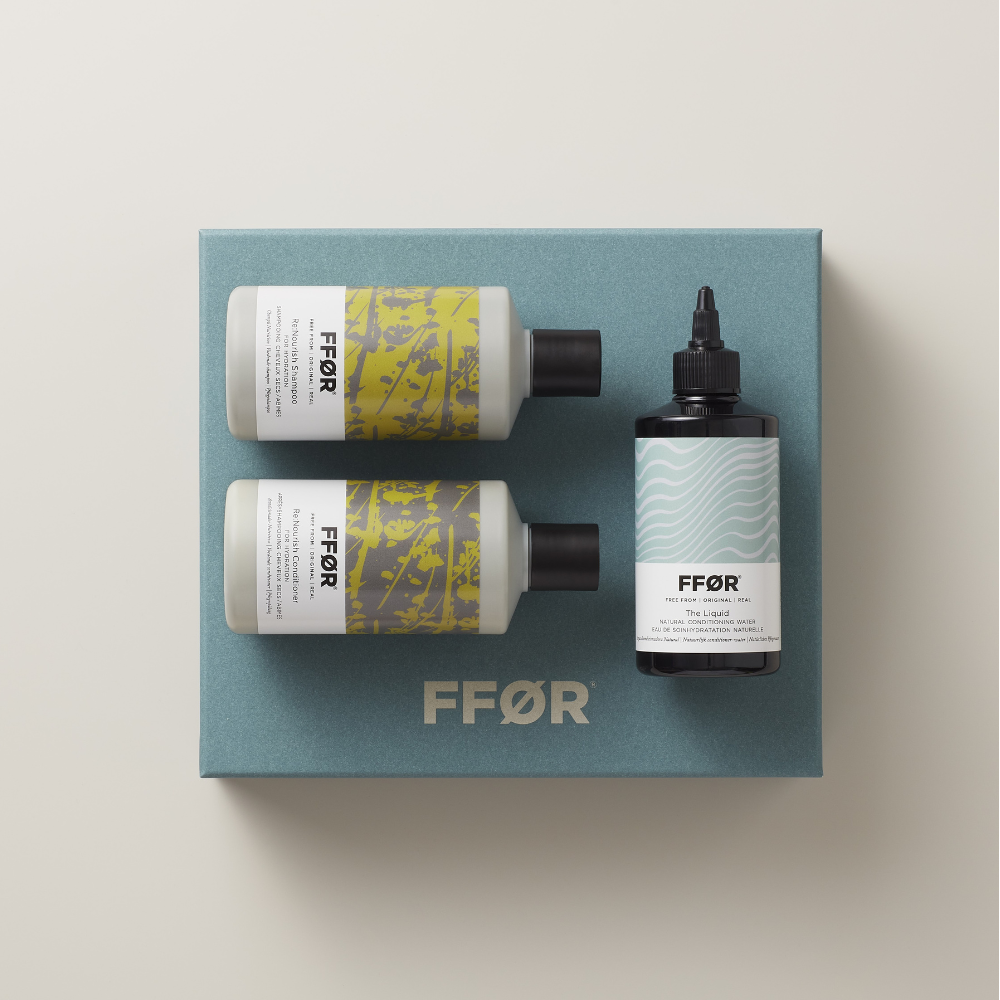Understanding your curl pattern
Understanding your curl pattern is important to take care of your curls. Curl patterns vary widely, and each type has specific needs and. Knowing your unique curl pattern allows you to choose the right hair care products and styling techniques tailored to enhance and maintain your natural texture. Read ‘What is my curl type?’ to discover your curl pattern
Whether your hair is loose waves, tight curls or in between, understanding your curl pattern helps you to understand and work with your hair.
Skip the sulphates
Skipping sulphates and other harsh ingredients is another essential for maintaining curly hair. Sulphates are harsh detergents commonly found in many shampoos. However, these detergents can be particularly harsh on curly hair, which tends to be drier due to its unique structure. All of our products are sulphate-free, so whatever your hair texture, you don’t need to worry.
Sulphates can strip the hair of it's natural oils, leading to increased dryness, frizz, and a loss of curl definition. Going sulphate-free can help to keep your scalp in balance, leading to healthier, more defined curls with reduced frizz and more shine.
Hydrate, hydrate, hydrate
The natural shape of curls makes it more challenging for the scalp's natural oils to travel down the hair shaft. As a result, curly hair tends to be drier - especially at the ends - and more prone to frizz and tangles.
Hydration is important to enhance curl definition, reduce breakage and improve elasticity. It’s also the key to preventing dryness, flakes and itchy scalp, as well as promoting hair growth.. Look for botanical oils, protein and moisturising ingredients like shea to help to hydrate your curls.
Turn down the heat
Lowering the heat should be a priority with curls, as heat damage can cause breakage and dryness that totally disrupts your curl patterns and leaves it feeling frizzy. If you have to use heat, take it a little lower and use a heat protector followed by hydrating ingredients to take care of your hair.
Be gentle with detangling
Avoid aggressive brushing or combing, especially when your hair is dry. Instead, detangle your curls gently while they are wet and coated with conditioner. Use a wide-tooth comb or your fingers, starting from the ends and working your way up to prevent breakage.
Patience is key, as rushing through the process can result in damage and disrupt your curl pattern.
Say no to towel drying
Towel drying can mess with your natural curl pattern and leave you fighting with frizz. Traditional bath towels have a rough texture that can create friction against the hair cuticle, leading to increased frizz and breakage, especially for those with curly or textured hair.
Rubbing the hair vigorously with a towel can cause the curls to separate too, meaning a less defined and more frizzy appearance. Instead of towel drying, it's recommended to use a softer alternative, such as a microfibre towel to gently blot excess water from the hair.







